One of the most common elements of shojo romantic-comedies is the presence of beta couples. Beta couples are secondary romantic relationships, which often serve as a contrast to the series’ main couple. Whether they’re the main character’s best friends or rival love interests who hook up after being rejected, the beta couple’s relationship is rarely developed or highlighted over the course of the series. I’ve found that the beta couple often is well established at the beginning of the series – they’re typically childhood sweethearts or they might get together right at the start of the manga – but either way, the fact that they’ve been together for so long make them great go-tos for relationship advice. They typically have little drama, and their presence in the series is typically used to contrast the main couple who struggles to get (or stay) together. And while beta couples may feel cliché (since the characters are often flat their relationships end up feeling just as boring, which was how I felt about the inclusion of Harumi and Tatsuya’s relationship in Mars), there are certainly interesting ones to be found. So I thought I’d take a look at a few examples.
When I think of beta couples, the first series that comes to mind is Marmalade Boy. Alongside Miki and Yuu, the series highlights the progressing romance between Miki’s best friend Meiko and her teacher/secret boyfriend Namura, as well as losing love interests Ginta and Arimi. Unlike many series, however, when Marmalade Boy begins focusing on Ginta’s new feelings for Arimi or Meiko’s heartache over her and Namura’s breakup, it doesn’t feel forced. This is because while most series will only start focusing on the protagonist’s best friends after the main couple has gotten together officially (such as Love*Com), Marmalade Boy does a great job of balancing all of it’s romantic storylines at the same time. I think another reason I like Marmalade Boy‘s beta couples better than most series is because I wasn’t particularly moved by Miki and Yuu’s romance. I didn’t care much for main character Miki, which would normally prevent me from getting extremely attached to a series. But because there were so many other characters and romantic pairings for me to choose from, the series stands out, and Ginta and Arimi became my favorite romance in the series.
Other series have tried to balance the main couple’s romance while developing their friends’ romantic entanglements. One example is Special A, which not long after establishing Kei’s romantic feelings for protagonist Hikari also begins to develop Akira’s relationship with her longtime friend Tadashi, by showing that behind her constant punching of the goofy SA member lies romantic affection. Later, when Akira and Tadashi get together, fellow SA member Megumi asks out Yahiro, who is also in love with Akira, in order to prevent him from interfering with the new couple. Of course, it doesn’t take long for Megumi’s feelings to turn into real affection. But after finishing Special A, I was bothered a bit by the series falling into the trap of pairing almost all of it’s main cast with someone else. It’s extremely cliché, suggests that the only way a person can be happy is if they are in a romantic relationship, and is highly unrealistic. After all, how often does it happen that your entire group of friends happens to have a significant other?
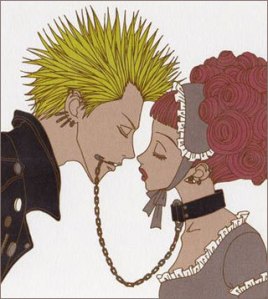 Then there are the series that present their beta couples so uniquely it’s difficult to label them as such. The josei manga Paradise Kiss immediately presents childhood sweethearts Miwako and Arashi. At first, the two seem mismatched – he looks like a tough rocker and she’s a sweet lolita – but Yukari sees that the two go well together. However, over the course of the series the couple is shown facing their own problems when their former friend Hiroyuki Tokumori, who once had a crush on Miwako, comes back into the picture. But rather than being played for empty drama, the series shows that the couple’s problem isn’t rival love interests but rather Arashi’s jealousy, which was strong enough that it caused him to ask Miwako to cut off her friendship with Hiro. And unlike many other beta couples, whose relationships are stable enough that other characters constantly ask them for romantic advice, Miwako is often the one who turns to Yukari for advice or comfort when things get shaky between her and Arashi. Unlike so many beta couples, there are genuine emotions behind Arashi and Miwako’s relationship, which makes the inclusion of their story feel worthwhile.
Then there are the series that present their beta couples so uniquely it’s difficult to label them as such. The josei manga Paradise Kiss immediately presents childhood sweethearts Miwako and Arashi. At first, the two seem mismatched – he looks like a tough rocker and she’s a sweet lolita – but Yukari sees that the two go well together. However, over the course of the series the couple is shown facing their own problems when their former friend Hiroyuki Tokumori, who once had a crush on Miwako, comes back into the picture. But rather than being played for empty drama, the series shows that the couple’s problem isn’t rival love interests but rather Arashi’s jealousy, which was strong enough that it caused him to ask Miwako to cut off her friendship with Hiro. And unlike many other beta couples, whose relationships are stable enough that other characters constantly ask them for romantic advice, Miwako is often the one who turns to Yukari for advice or comfort when things get shaky between her and Arashi. Unlike so many beta couples, there are genuine emotions behind Arashi and Miwako’s relationship, which makes the inclusion of their story feel worthwhile.
Hana Yori Dango has two examples: Rui and his childhood crush Shizuka, and Tsukushi’s best friend Yuki’s crush on F4 member Sojiro. When Rui chose to follow Shizuka to France after she decided to become a lawyer, I thought she’d fall for him and their relationship would work out. But when Rui returns to Japan it’s clear that things weren’t working between the two of them, and I was somewhat surprised that the two of them never got back together. Even more surprising was that Yuki’s feelings for Sojiro also remain unrequited. Usually in manga when a girl has unrequited feelings for a guy but decides to pursue him anyway he will end up falling for her, even if he can’t stand her in the beginning of the series (like Naoki in Itazura na Kiss. Note also that there is a double standard: if a girl in shojo manga has a creepy suitor she will never give him the time of day). But Sojiro doesn’t change his mind about good-girl Yuki nor will he change his philandering ways – yet rather than feeling discouraged Yuki decides to appreciate her feelings for him, and the two become better friends. I liked that not all of the romantic pairings in Hana Yori Dango had happy endings, and that most of the cast remained single up to the series’ finale. And because there are so many manga that will take the same combination of characters (like pairing a cheerful girl with a grumpy guy) and develop several couples with those exact same archetypes, I really love when each of the couples presented in a series feel distinctly different from one another. It makes sense that beta couples work best when they’re presence isn’t forced into the storyline and include interesting characters – because rather than detracting from a story they add to it.
Source link

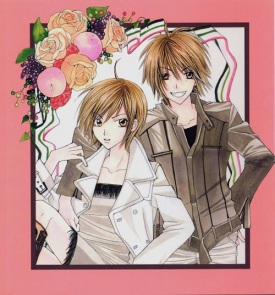
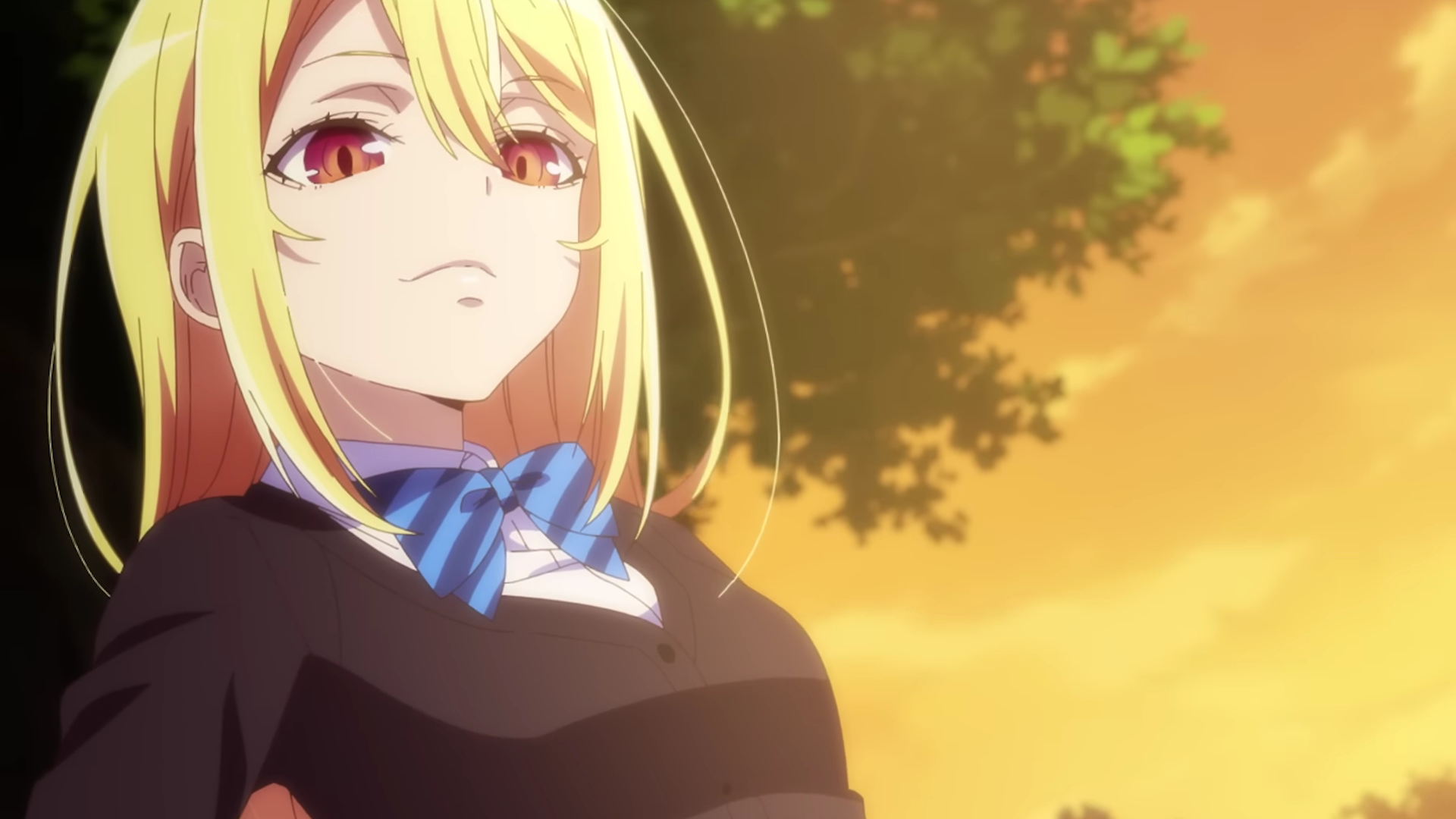



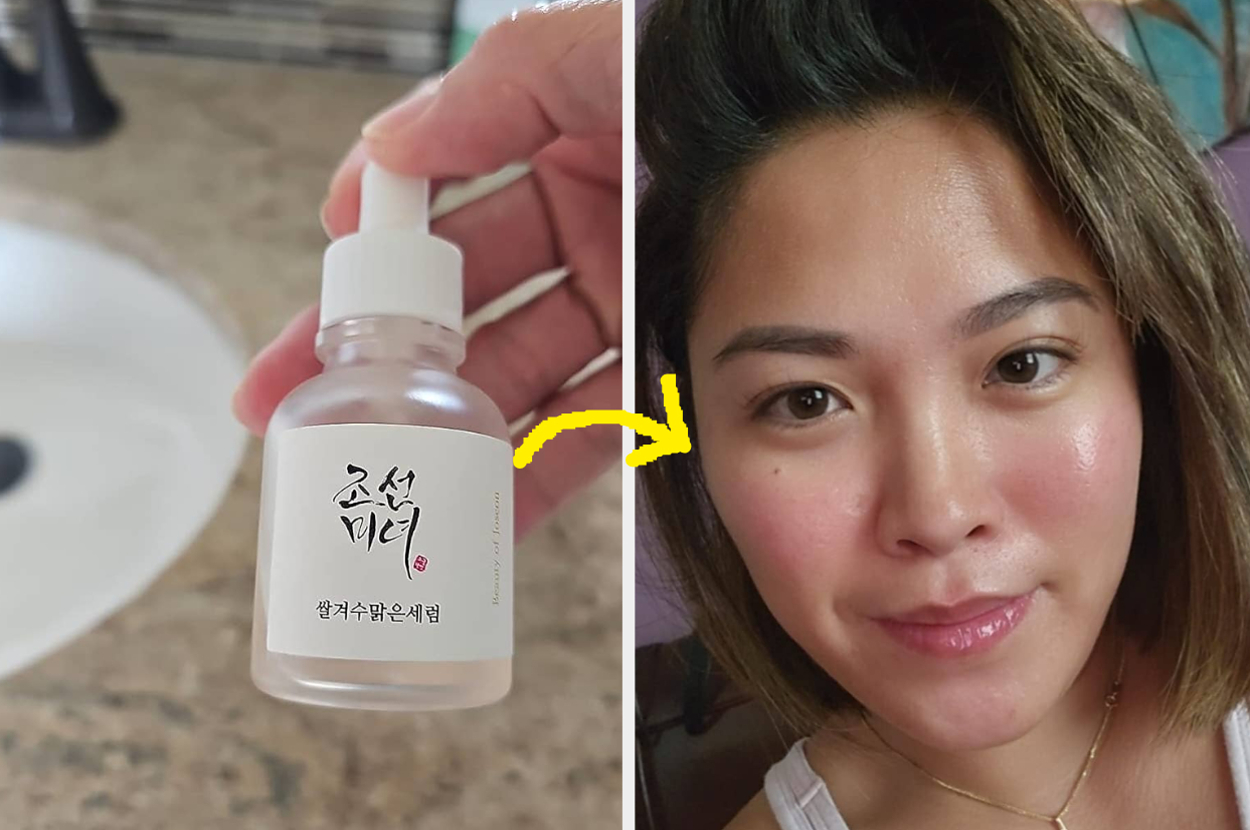

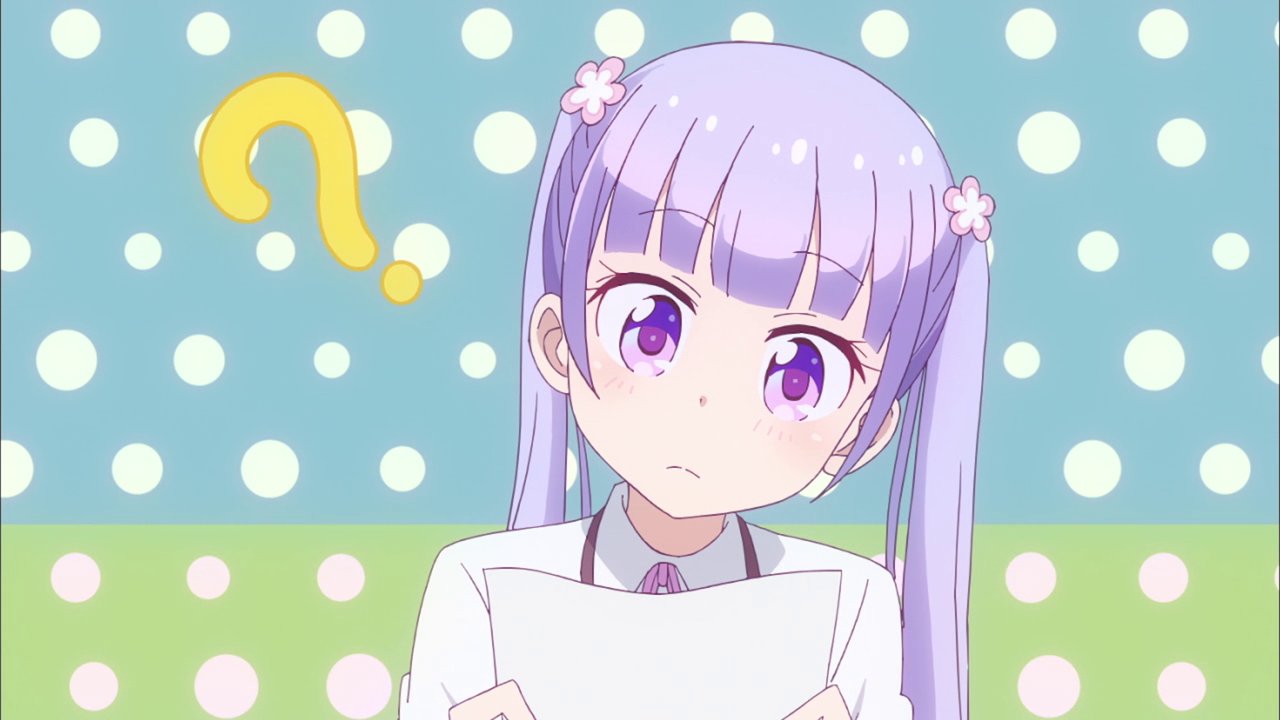
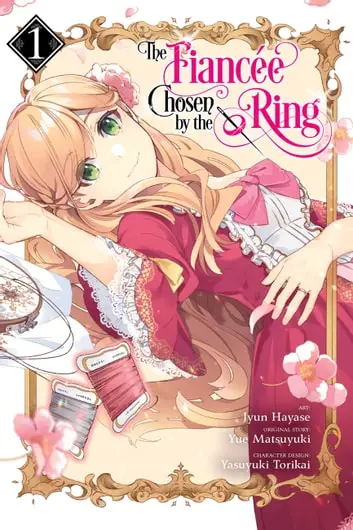

Leave a Reply